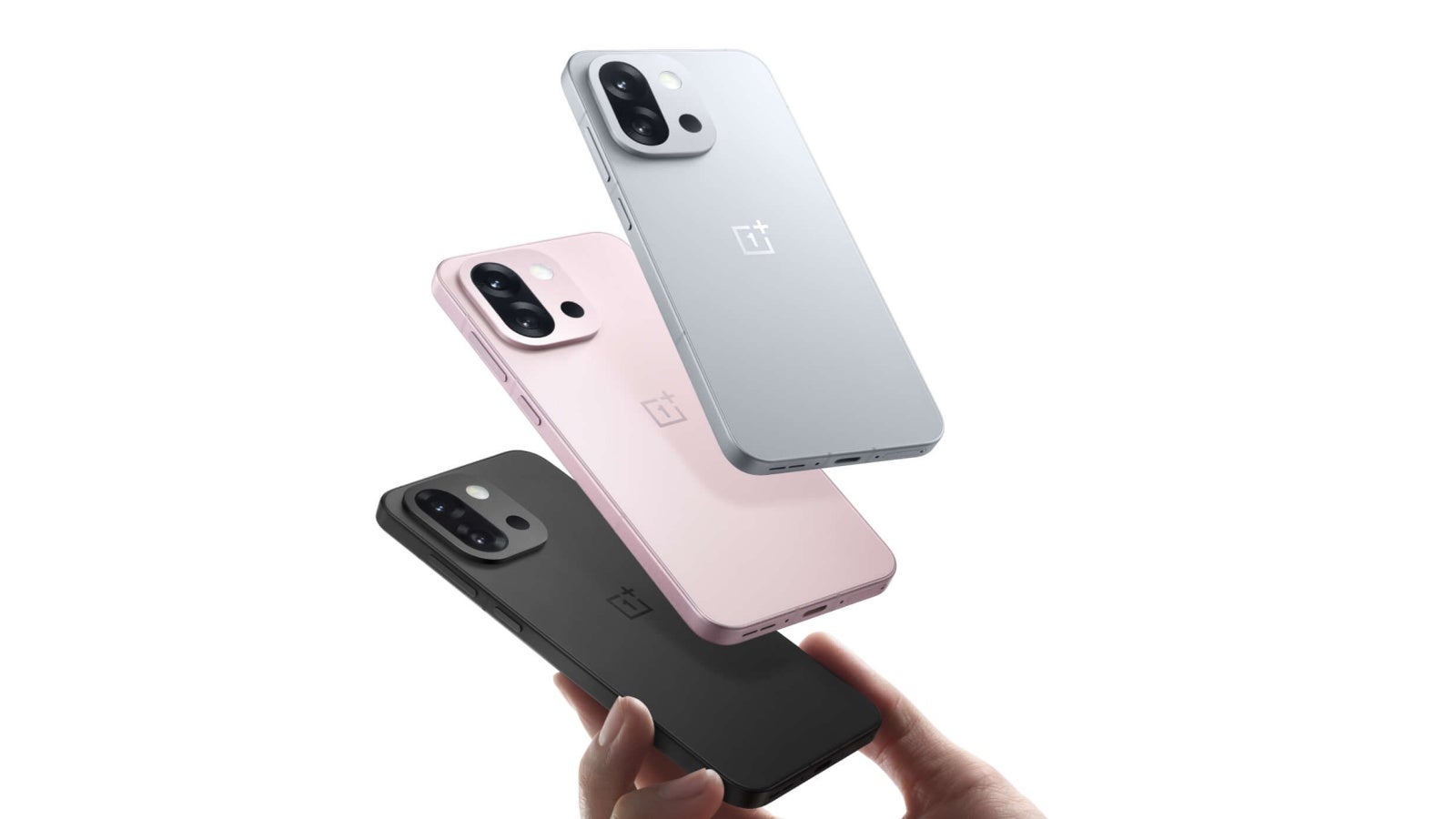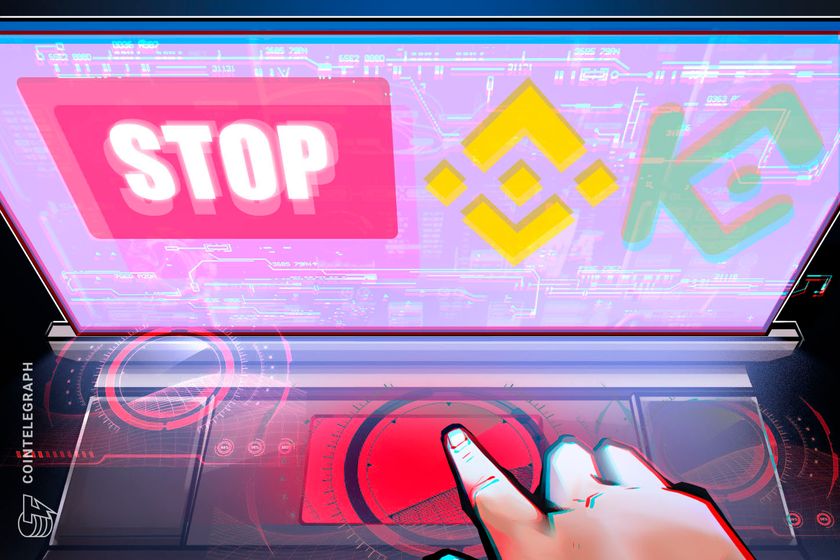Integrating VR & AR in Poker Games: A 2025 Perspective
Over the years, poker has transformed from those smoky backroom tables to sleek online platforms, and now, we’re on the verge of the next big leap—immersive poker gaming brought to life by Virtual Reality (VR) and Augmented Reality (AR). As we step into 2025, these technologies aren’t just dreams of the future anymore—they’re reshaping how people play, connect, and enjoy the game of poker. Let’s explore how virtual reality (VR) and augmented reality (AR) are shaking up the world of poker game development and what it means for both players and developers. What are VR and AR in the Context of Poker? Understanding Virtual Reality in Gaming Virtual Reality (VR) is all about diving headfirst into a whole new world. When it comes to poker, it allows players to enter a virtual casino, take a seat at a digital table, and engage with other avatars, mimicking the feel of a real poker night—all from the comfort of their couch. With VR headsets like the Meta Quest or HTC Vive, players can shuffle their chips, pick up on their opponents' body language, and even pull off a bluff in real time. Augmented Reality: Overlaying the Real with the Virtual Augmented Reality (AR) is all about mixing virtual elements with our real-world surroundings. Picture this: you’re looking at your kitchen table through your phone or AR glasses, and suddenly, there’s a poker table projected right on it, complete with virtual cards, chips, and players. While it might not be as immersive as VR, it’s definitely more accessible and perfect for some casual gaming fun. Key Differences Between VR and AR Experiences in Poker VR replaces your environment, offering a full casino-like experience. AR enhances your real space with digital overlays—it's more portable. VR is ideal for dedicated sessions; AR suits quick games on the go. Both offer social interaction, but VR feels more like "being there." Benefits of Integrating VR & AR in Poker Games Enhanced Immersion for Players One of the most exciting benefits is how realistic and immersive these technologies can be. Rather than just tapping buttons on a screen, players can use gestures, speak, and respond in real-time, which makes for a much more engaging and enjoyable experience. Realistic Casino-Like Environment at Home Thanks to virtual reality, players can dive into the excitement of a casino without having to spend a penny on travel. With immersive sounds, animated dealers, and lively environments, the vibe feels incredibly authentic, making the entire experience even more thrilling and captivating. Increased Social Interaction and Multiplayer Engagement VR and AR create an amazing space for players to chat, share facial expressions, and even give each other a high-five after a victory. This social aspect reintroduces the human touch that traditional online poker often misses. Improved User Retention Through Next-Level Gameplay Immersive experiences do keep players engaged for longer and encourage them to come back for more. When a poker app feels like an exciting adventure, players are much more inclined to hang around. For developers, this translates to improved retention rates and greater chances for monetization. Current Use Cases and Industry Examples Existing Poker Platforms Leveraging VR or AR Some innovative poker apps have already made their way into the world of virtual reality. One of the most popular is PokerStars VR, which lets players dive into a truly immersive experience, enjoying realistic live poker action in vibrant, engaging environments. Notable Brands or Startups Leading the Innovation Aside from PokerStars, XR Casino, and Sparc Poker, there are also some smaller indie developers diving into the exciting world of XR technology and real-money gaming. These trailblazers are stretching the limits of what poker can be in our digital era. Player Feedback and Market Response So Far Many early adopters appreciate the level of engagement it offers. They often mention that it feels almost like sitting at an actual table. That said, there are still some hurdles to overcome, particularly when it comes to accessibility and performance, especially regarding the hardware needed. Challenges in Implementing VR/AR in Poker Apps Hardware Limitations and Accessibility Issues Not every gamer has a VR headset or an AR-ready device. Even though this technology is advancing rapidly, the costs of the hardware and issues with compatibility can restrict your audience, particularly in developing markets. Development Costs and Technical Complexities Creating a VR or AR poker app involves a lot more than just standard coding skills. You’ll need talented 3D artists, developers who are well-versed in Unity or Unreal, and a strong grasp of spatial UX/UI design. All of this adds up to a project that can be both expensive and
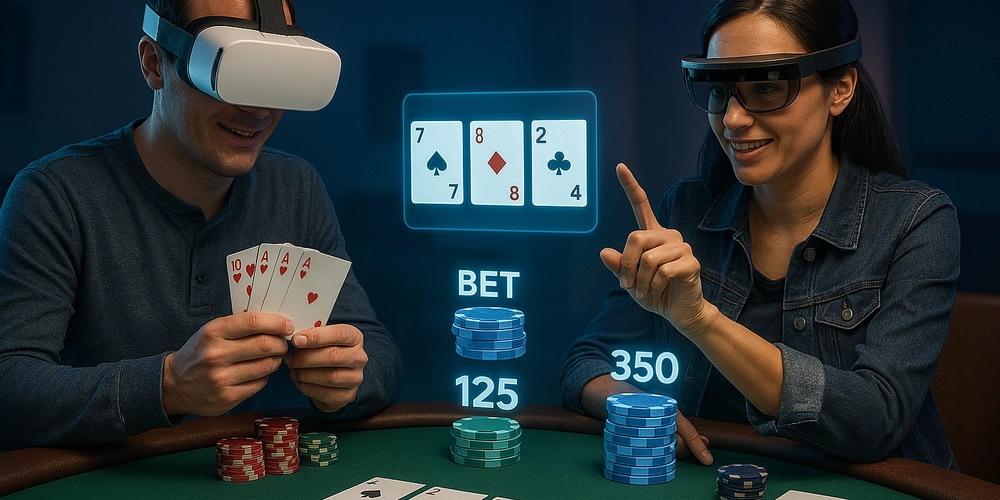
Over the years, poker has transformed from those smoky backroom tables to sleek online platforms, and now, we’re on the verge of the next big leap—immersive poker gaming brought to life by Virtual Reality (VR) and Augmented Reality (AR). As we step into 2025, these technologies aren’t just dreams of the future anymore—they’re reshaping how people play, connect, and enjoy the game of poker.
Let’s explore how virtual reality (VR) and augmented reality (AR) are shaking up the world of poker game development and what it means for both players and developers.
What are VR and AR in the Context of Poker?
Understanding Virtual Reality in Gaming
Virtual Reality (VR) is all about diving headfirst into a whole new world. When it comes to poker, it allows players to enter a virtual casino, take a seat at a digital table, and engage with other avatars, mimicking the feel of a real poker night—all from the comfort of their couch. With VR headsets like the Meta Quest or HTC Vive, players can shuffle their chips, pick up on their opponents' body language, and even pull off a bluff in real time.
Augmented Reality: Overlaying the Real with the Virtual
Augmented Reality (AR) is all about mixing virtual elements with our real-world surroundings. Picture this: you’re looking at your kitchen table through your phone or AR glasses, and suddenly, there’s a poker table projected right on it, complete with virtual cards, chips, and players. While it might not be as immersive as VR, it’s definitely more accessible and perfect for some casual gaming fun.
Key Differences Between VR and AR Experiences in Poker
VR replaces your environment, offering a full casino-like experience.
AR enhances your real space with digital overlays—it's more portable.
VR is ideal for dedicated sessions; AR suits quick games on the go.
Both offer social interaction, but VR feels more like "being there."
Benefits of Integrating VR & AR in Poker Games
Enhanced Immersion for Players
One of the most exciting benefits is how realistic and immersive these technologies can be. Rather than just tapping buttons on a screen, players can use gestures, speak, and respond in real-time, which makes for a much more engaging and enjoyable experience.
Realistic Casino-Like Environment at Home
Thanks to virtual reality, players can dive into the excitement of a casino without having to spend a penny on travel. With immersive sounds, animated dealers, and lively environments, the vibe feels incredibly authentic, making the entire experience even more thrilling and captivating.
Increased Social Interaction and Multiplayer Engagement
VR and AR create an amazing space for players to chat, share facial expressions, and even give each other a high-five after a victory. This social aspect reintroduces the human touch that traditional online poker often misses.
Improved User Retention Through Next-Level Gameplay
Immersive experiences do keep players engaged for longer and encourage them to come back for more. When a poker app feels like an exciting adventure, players are much more inclined to hang around. For developers, this translates to improved retention rates and greater chances for monetization.
Current Use Cases and Industry Examples
Existing Poker Platforms Leveraging VR or AR
Some innovative poker apps have already made their way into the world of virtual reality. One of the most popular is PokerStars VR, which lets players dive into a truly immersive experience, enjoying realistic live poker action in vibrant, engaging environments.
Notable Brands or Startups Leading the Innovation
Aside from PokerStars, XR Casino, and Sparc Poker, there are also some smaller indie developers diving into the exciting world of XR technology and real-money gaming. These trailblazers are stretching the limits of what poker can be in our digital era.
Player Feedback and Market Response So Far
Many early adopters appreciate the level of engagement it offers. They often mention that it feels almost like sitting at an actual table. That said, there are still some hurdles to overcome, particularly when it comes to accessibility and performance, especially regarding the hardware needed.
Challenges in Implementing VR/AR in Poker Apps
Hardware Limitations and Accessibility Issues
Not every gamer has a VR headset or an AR-ready device. Even though this technology is advancing rapidly, the costs of the hardware and issues with compatibility can restrict your audience, particularly in developing markets.
Development Costs and Technical Complexities
Creating a VR or AR poker app involves a lot more than just standard coding skills. You’ll need talented 3D artists, developers who are well-versed in Unity or Unreal, and a strong grasp of spatial UX/UI design. All of this adds up to a project that can be both expensive and time-intensive.
Legal and Compliance Considerations
Gambling apps are already under tight regulations, but with the rise of VR and AR, new challenges are popping up. Developers now have to tread carefully around issues like player privacy, age verification, and the ethics of gaming.
Future Trends and Predictions for 2025 and Beyond
VR Poker Tournaments and Virtual Casinos
It looks like we're on the brink of fully virtual poker tournaments—imagine global events where players can “sit” in digital arenas, battling it out for real prizes. These tournaments would be streamed live, complete with commentary and reactions from the crowd!
Integration with AI and Blockchain for Smarter Play
Imagine a world where AI-driven dealers and blockchain technology bring a new level of transparency, fairness, and security to poker. Get ready for a rise in decentralized poker rooms that guarantee gameplay you can trust!
Cross-Platform Poker Experience in Mixed Reality
Imagine kicking off a game on your AR phone app, diving into a more immersive experience with VR, and then catching up with your friends on a browser-based version. That’s the exciting cross-platform future we’re moving towards!
How to Get Started: A Guide for Poker Game Developers
Choosing the Right Tech Stack for AR/VR
When it comes to game development, Unity and Unreal Engine are the top choices. Pair them up with handy tools like ARKit for iOS, ARCore for Android, and WebXR for browser compatibility. And hey, make sure to utilize cloud services to keep your multiplayer experience in sync!
Designing for Immersive UX/UI
Forget about traditional menus and buttons—imagine using gesture controls, voice commands, and spatial feedback instead. It's all about designing for a 3D world, not just flat screens.
Testing and Optimizing for Performance
When it comes to VR and AR, users crave quick, seamless experiences. So, make sure to fine-tune every detail: from textures and animations to loading times. And remember, user testing is crucial—genuine feedback is invaluable!
Conclusion
In 2025, VR and AR are more than just exciting extras—they're revolutionizing the way we develop poker games. These technologies are infusing fresh energy into digital poker, merging the thrill of real-life play with a touch of futuristic style.
Whether you're a developer eager to push the boundaries or a player envisioning your next thrilling poker night, the game is evolving—no kidding. And this is only the beginning!










































































































































































![[The AI Show Episode 143]: ChatGPT Revenue Surge, New AGI Timelines, Amazon’s AI Agent, Claude for Education, Model Context Protocol & LLMs Pass the Turing Test](https://www.marketingaiinstitute.com/hubfs/ep%20143%20cover.png)















































































































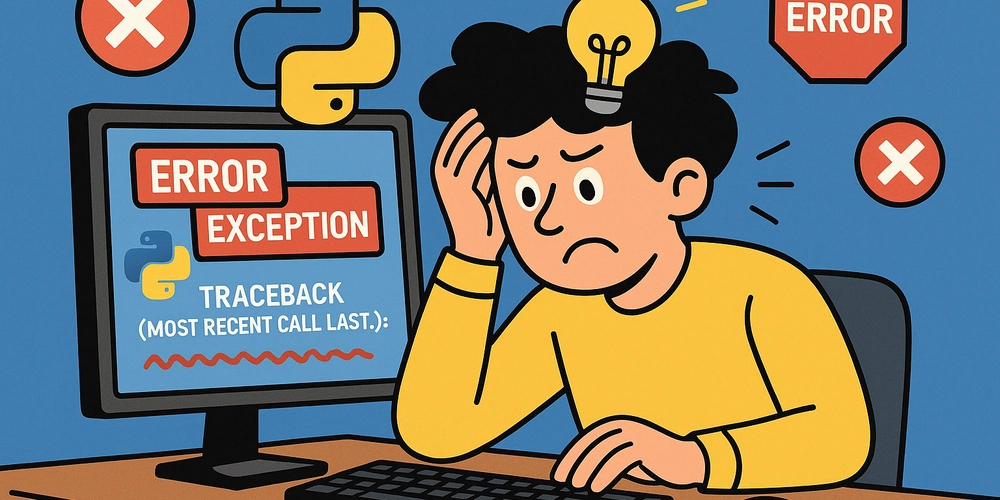












































































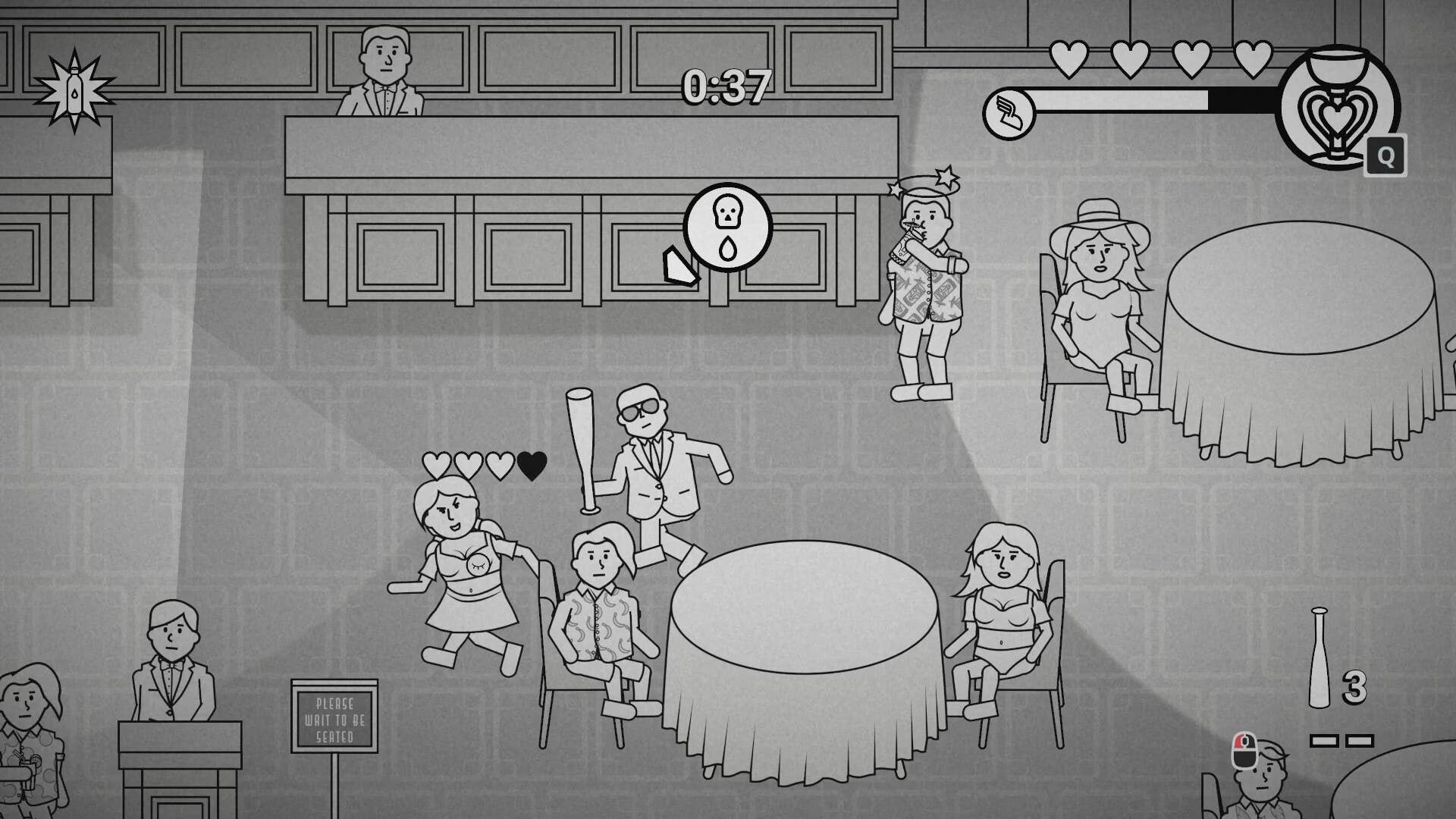








































.png?#)






















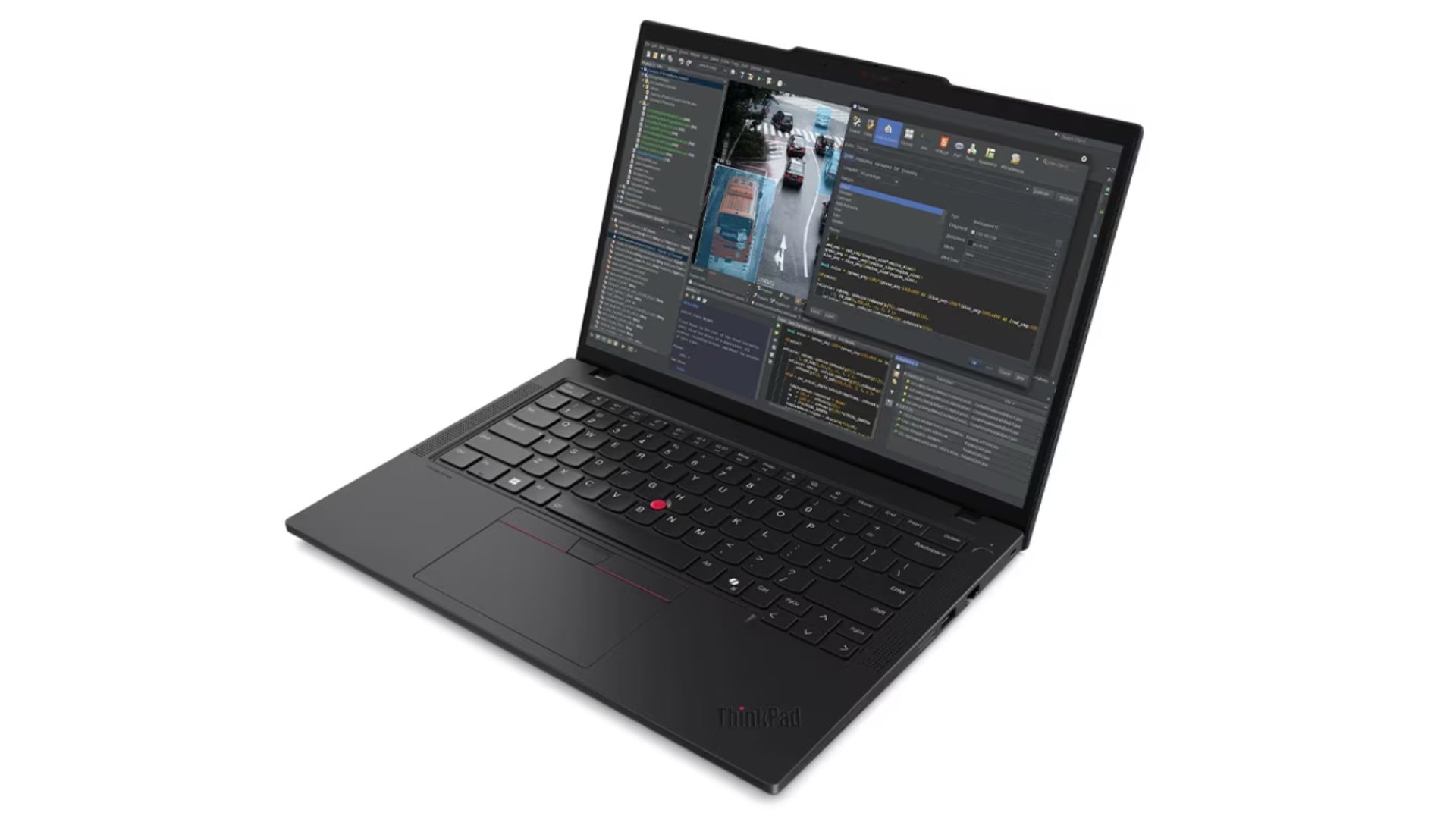
















.webp?#)


























































































![[Fixed] Gemini app is failing to generate Audio Overviews](https://i0.wp.com/9to5google.com/wp-content/uploads/sites/4/2025/03/Gemini-Audio-Overview-cover.jpg?resize=1200%2C628&quality=82&strip=all&ssl=1)

![What’s new in Android’s April 2025 Google System Updates [U: 4/14]](https://i0.wp.com/9to5google.com/wp-content/uploads/sites/4/2025/01/google-play-services-3.jpg?resize=1200%2C628&quality=82&strip=all&ssl=1)














![Apple Seeds tvOS 18.5 Beta 2 to Developers [Download]](https://www.iclarified.com/images/news/97011/97011/97011-640.jpg)
![Apple Releases macOS Sequoia 15.5 Beta 2 to Developers [Download]](https://www.iclarified.com/images/news/97014/97014/97014-640.jpg)















































